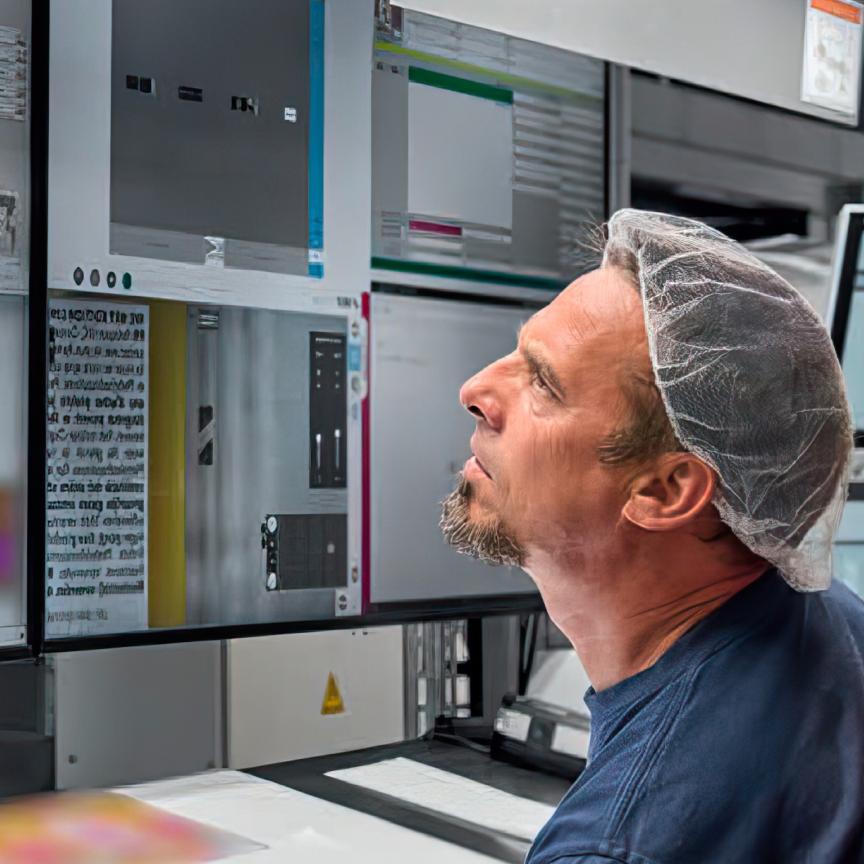A team of computer, mechanical, and electrical engineers in Greece has combined expertise in robotics and machine vision to design a scanning system for digitising books and other printed material.
George Pistikos, an electrical and computer engineer, founded Bookscanner with the aim to ‘relieve humanity from repetitive and tedious jobs using cutting-edge robotics techniques’.
Alongside his collaborators – Dr Antonios Gasteratos, a professor at the Democritus University of Thrace; Petros Teneketzis, a mechanical engineer; and Antonios Arvanitidis, an electrical and computer engineer – Pistikos developed the scanning system in about four months. The vision system was designed to be largely autonomous and can operate at speeds of 1m/s.
The company’s primary clients are private and national libraries, with typical collections numbering around 5,000 volumes. Digitising these works is both time-consuming and labour-intensive.
The Bookscanner system is made up of a metal enclosure with a glass surface. Pistons maintain the page's elevation, while sensors monitor the process. A metal rod prevents the book closing as it moves horizontally along the glass surface, and an arm-mounted line scan camera follows the book’s trajectory during the scan.
Servo motors are employed to handle the pages gently. The challenge was to synchronise the movement of the servo motor in tandem with the image acquisition frequency rate. This synchronisation was necessary to avoid any distortion in the final image.
The system uses Teledyne e2v’s Eliixa+ camera, a 16k CoaXPress line scan model with resolution up to 600dpi. Software was from Matrox Imaging: MIL-Lite, a subset of the Matrox Imaging Library (MIL), includes a range of programming functions for image capture, display, and annotation; the application programming interface (API) is simple to use and supports the most common programming languages, including C++, C#, and Visual Basic. Paired with the Matrox Radient eV-CXP frame grabber, this solution formed the spine of Bookscanner’s machine vision infrastructure.
‘The I/O capabilities of the Matrox Radient frame grabber were absolutely necessary to our project,’ said Arvanitidis. ‘Synchronising the movement of the servo motor and the image acquisition frequency rate was the biggest challenge of this system.’
The R&D department of Bookscanner is now working on the next release of the vision system’s software, introducing the ability to correct image distortion with neural networks. ‘This enhancement will help increase our customer base, allowing us to work with more fragile books without risk of stretching or damaging the paper,’ Gasteratos noted.
Teneketzis added: ‘The machine vision techniques will be one of our main focus areas for the product. New capabilities – like grabbing based on image or pattern recognition – are going to be introduced.’

